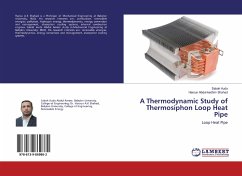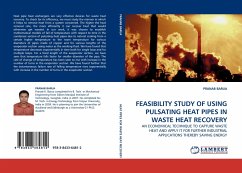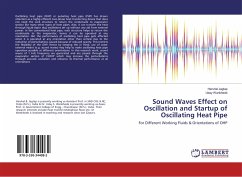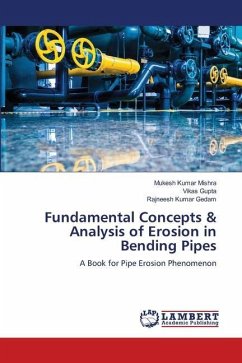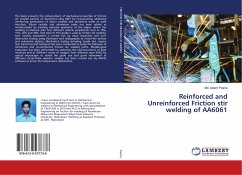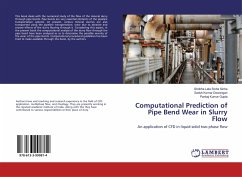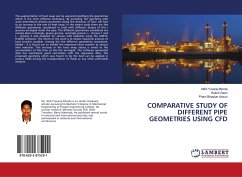The PHP is made from brass with an outer diameter of 3 mm and an inner diameter of 2 mm. The parameters have been chosen for the variation in internal diameter, heat input, fill ratio, working fluid, and device orientation. The study employed aluminium oxide (Al2O3) and water nanofluids as chosen as working fluids, including varying volume concentrations of Al2O3 nanoparticles at 0.05%, 0.5%, and 1%. Experiments are carried out in the 0 , 30 , 45 , 60 , 75 , and 90 orientations with watt loads heat inputs ranging from 0 to 100 watts. The transient and steady-state experiments are conducted, and operating temperatures are measured using T-type thermocouples. The commercial CFD package of ANSYS FLUENT R15.0 solves the governing equations. The results reveal that the thermal resistance of aluminium oxide and water nanofluid was the lowest, 22% less than that of water.
Bitte wählen Sie Ihr Anliegen aus.
Rechnungen
Retourenschein anfordern
Bestellstatus
Storno


